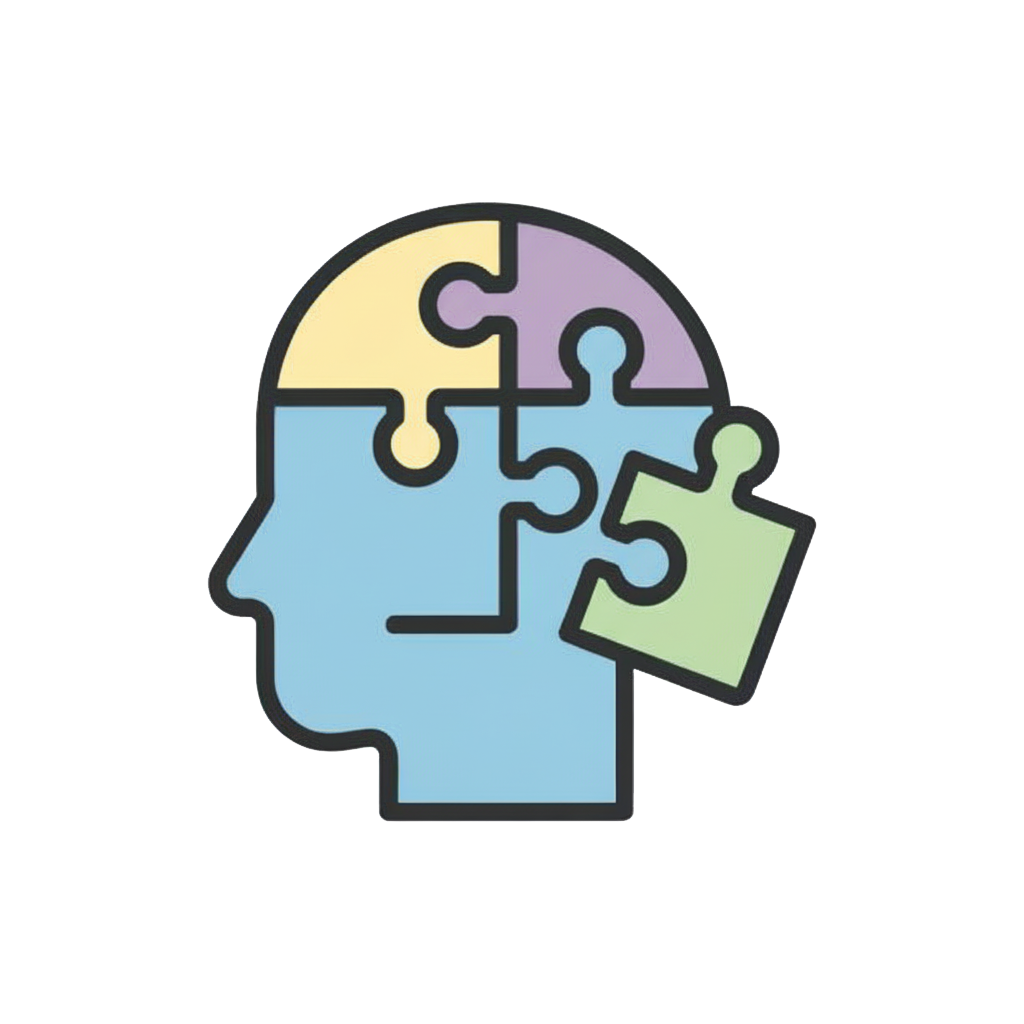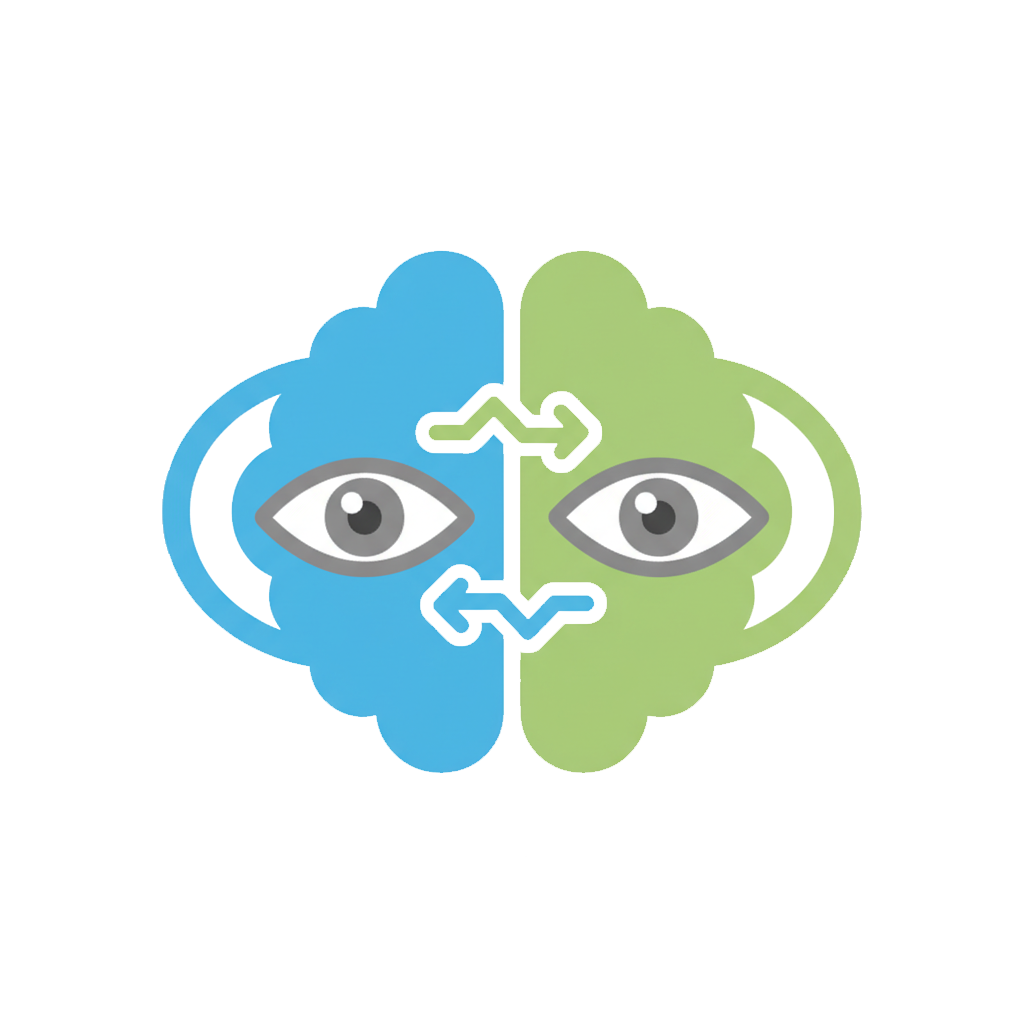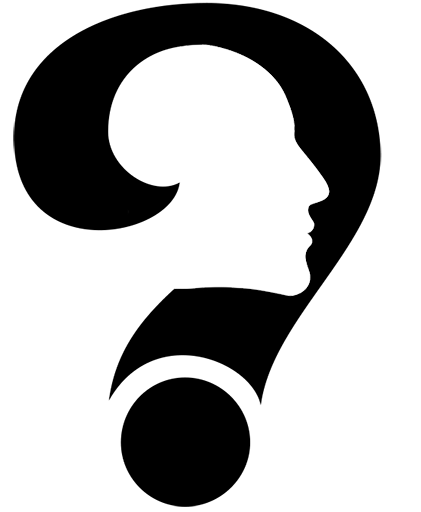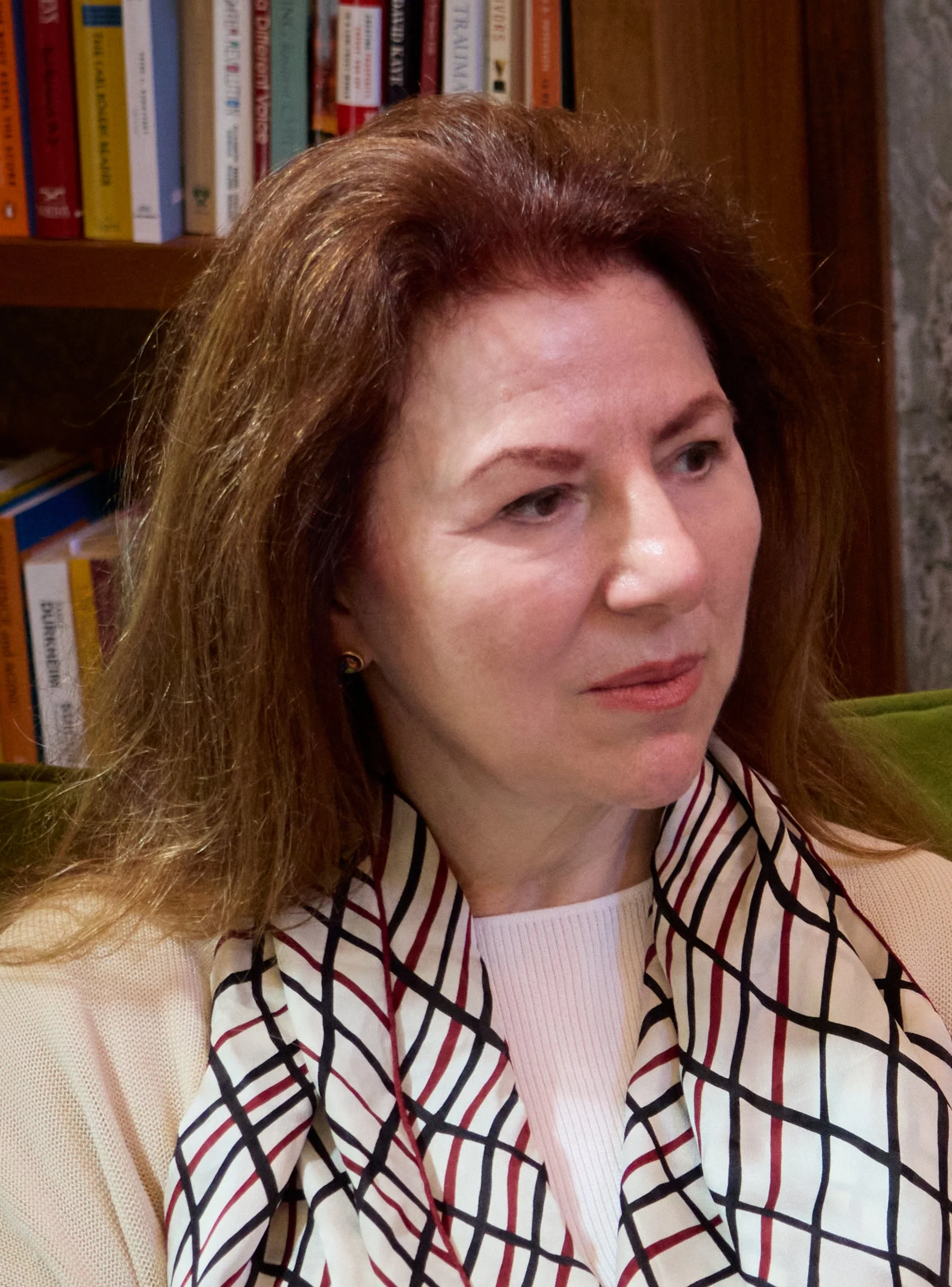
Client-Counselor-Fit
I focus on working with individuals in their 50s, 60s and 70s because that is where my strength lies. I am in my 60s myself and I am looking back at a life full of experiences, successes and, yes, failures. That is how I forged my own contentment, meanings, and post-pain growth. It was not an easy road to arrive at where I am now. I have been often and deeply wounded, life is and was not fair but with the help of family, friends and excellent therapists I have learned to manage my own emotions. This enables me to focus on you and your pain, your emotions, your life challenges. My not so secret “superpowers” are that I listen extremely well and bring sincere compassion, much experience, and an awful lot of education to the table.
My work’s overall purpose is to help you experience less pain and more joy in the short run. In the long run I see my purpose in aiding you in the identification and building up your own strengths, so that you to no longer need my services.
I wish I could say that all this can be achieved quickly, all the time, with no emotional or psychological discomfort or pain involved - but I can’t.
What I can do is, accept you as you, offer to stand and walk by you, and offer a path leading to change - if you are willing to explore.
So, how do we get there?
My primary go-to therapeutic approach is called Cognitive Behavioral Therapy (CBT). This is currently considered the gold standard in psychotherapy. It is focused on identifying and changing what keeps you from thinking, feeling, and living in a more satisfying and joyful way. It also focuses on relieving your pain in the here and now. This is achieved by insight into thinking patterns, believes, and belief systems and can—depending on your focus, scale and scope of your goal—result in fast symptom relief.
At the same time, different people need different therapeutic approaches. Not all of us are woven with the same pain patterns.
Therefore, I am using several theories and therapies. Which choice of one approach depends on my clients’ personality, lifestyle, lifetime experiences, worldview, as well as the area and level of pain. When we start working together and after some intense listening and thinking on my part, I will offer options of therapeutic approaches and theories. Then I support my clients in their decision making and how we achieve the desired outcome in the desired time frame.
In addition to CBT, I always inform my therapeutic approach with Positive Psychology, which focuses on psychological and emotional pain relief. Positive Psychology focuses on identifying, building, and facilitating existing strength patterns to increase joy, happiness and meaning in life as well as quality of satisfaction in life. The exploration of the three bases of happiness in Positive Psychology is always a good starting point to increase - happiness.
I am also partial to Individual Therapy where we focus on insight to overcome obstacles and reorientation to live a more satisfying life. Individual Therapy has similarities with CBT, but it was developed long before insurances determined the focus, length, and depth of therapeutic work and thus entails a more holistic approach of assessing and resolving our lives’ roadblocks to a richer and fuller live with less emotional pain.
Equally holistic is Victor Frankl’s methodology as it focuses on issues of life’s meaning. These questions tend to come up regularly in my clients’ thoughts, like “What is it really all about”? Victor Frankl’s approach is part of Existentialism which is part theory, therapy and philosophy.
In addition, I offer Eye Movement Desensitization Reprocessing (EMDR). This is a special theory and therapy developed by an American Psychologist, Dr. Francine Shapiro. It is focused on helping people process traumatic memories. And with successfully processed trauma come post-traumatic-growth. Treatment includes following a standardized protocol, cognitive components, and engaging in bilateral brain stimulation. If this sounds a bit unfamiliar, check it out some more on the EMDR website: http://www.emdr.com/
Lastly and probably most importantly, I would like you to know that our work will include humor and encouragement. Even, in fact, particularly, in the most trying sessions.
-

Cognitive Behavioral Services (CBT)
Cognitive Behavioral Services focus on identifying and changing negative thought patterns and behaviors to improve emotional well-being and develop healthier coping strategies. These services are evidence-based and tailored to address a variety of mental health concerns.
-

Individual Therapy
Individual therapy is a confidential process where a person works one-on-one with a therapist to explore thoughts, feelings, and behaviors in order to improve mental health and personal well-being. It provides a safe space for self-reflection, growth, and problem-solving.
-

EMDR Therapy
EMDR (Eye Movement Desensitization and Reprocessing) therapy is a structured approach that helps individuals process and heal from traumatic memories by using guided eye movements or other bilateral stimulation. It aims to reduce the emotional distress associated with those memories and promote adaptive coping.
-

Existentialism
Addresses the big questions. The why. The how. Existentialism is a philosophy that emphasizes individual existence, freedom, and choice. It holds that existence precedes essence, meaning individuals are born without pre-defined meaning or purpose, and must create their own value and meaning through their choices and actions.
-

Solution Based Brief Therapy
Solution-Focused Brief Therapy (SFBT) is a short-term, goal-directed therapeutic approach that concentrates on a client's current strengths and resources to construct practical solutions for the future, rather than dwelling on the history or analysis of the problem itself. It operates on the belief that clients are the experts of their own lives and possess the necessary skills to achieve positive change.
I am a Counselor and Psychotherapist.
I received my license from the State of Ohio as Licensed Practicing Counselor (LPC).
I have earned a Masters degree in Clinical Mental Health Counseling from Ashland University in Ohio and have been a counselor ever since.
Before that, I earned a Doctorate in Business Administration from the Vienna University of Economics and Business, Vienna/Austria, became an adjunct professor and taught MBAs at The Ohio Dominican University.
You can contact me best by
email: sperrycounseling@gmail.com.
I will get back to you within a business day.


